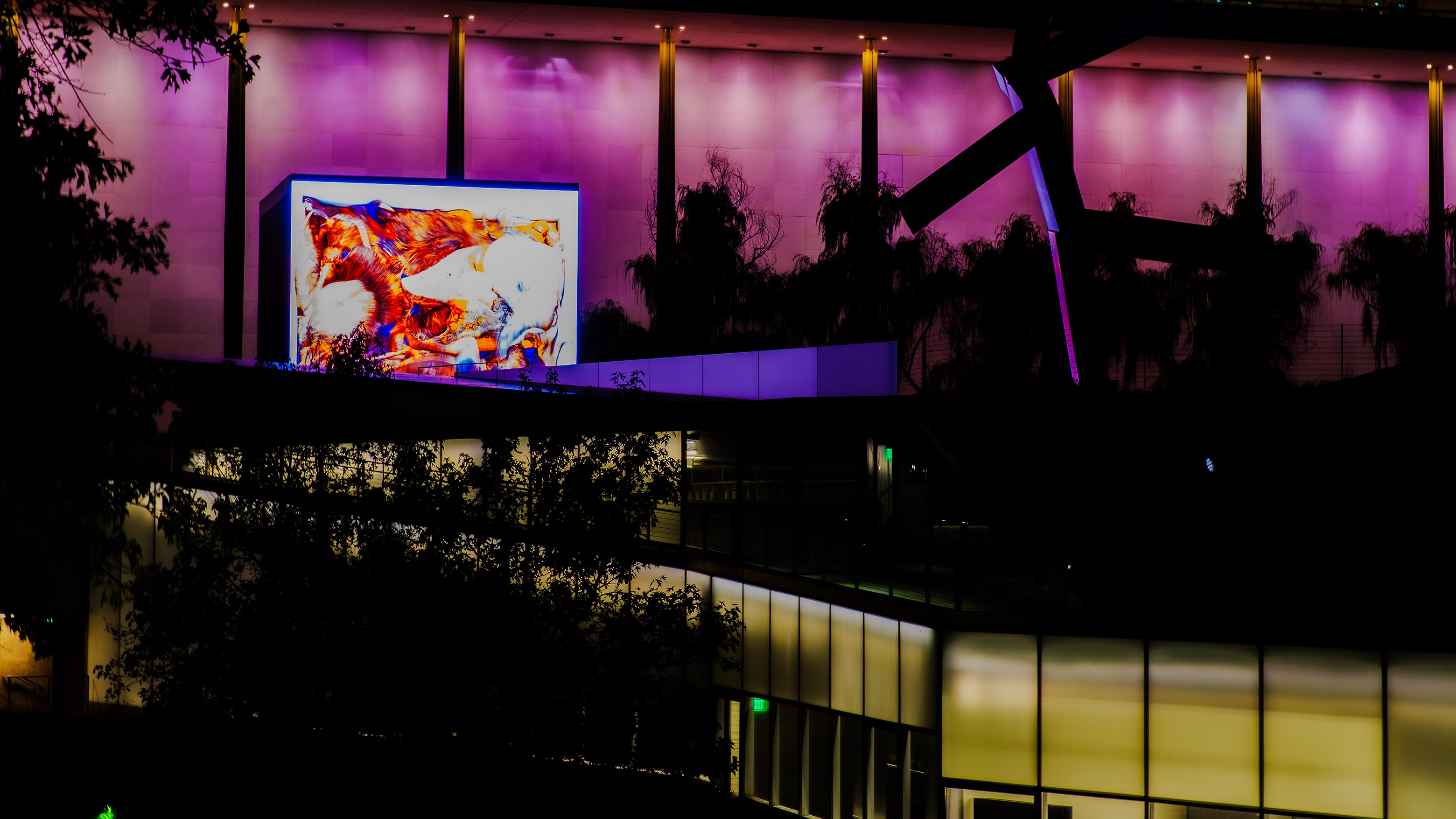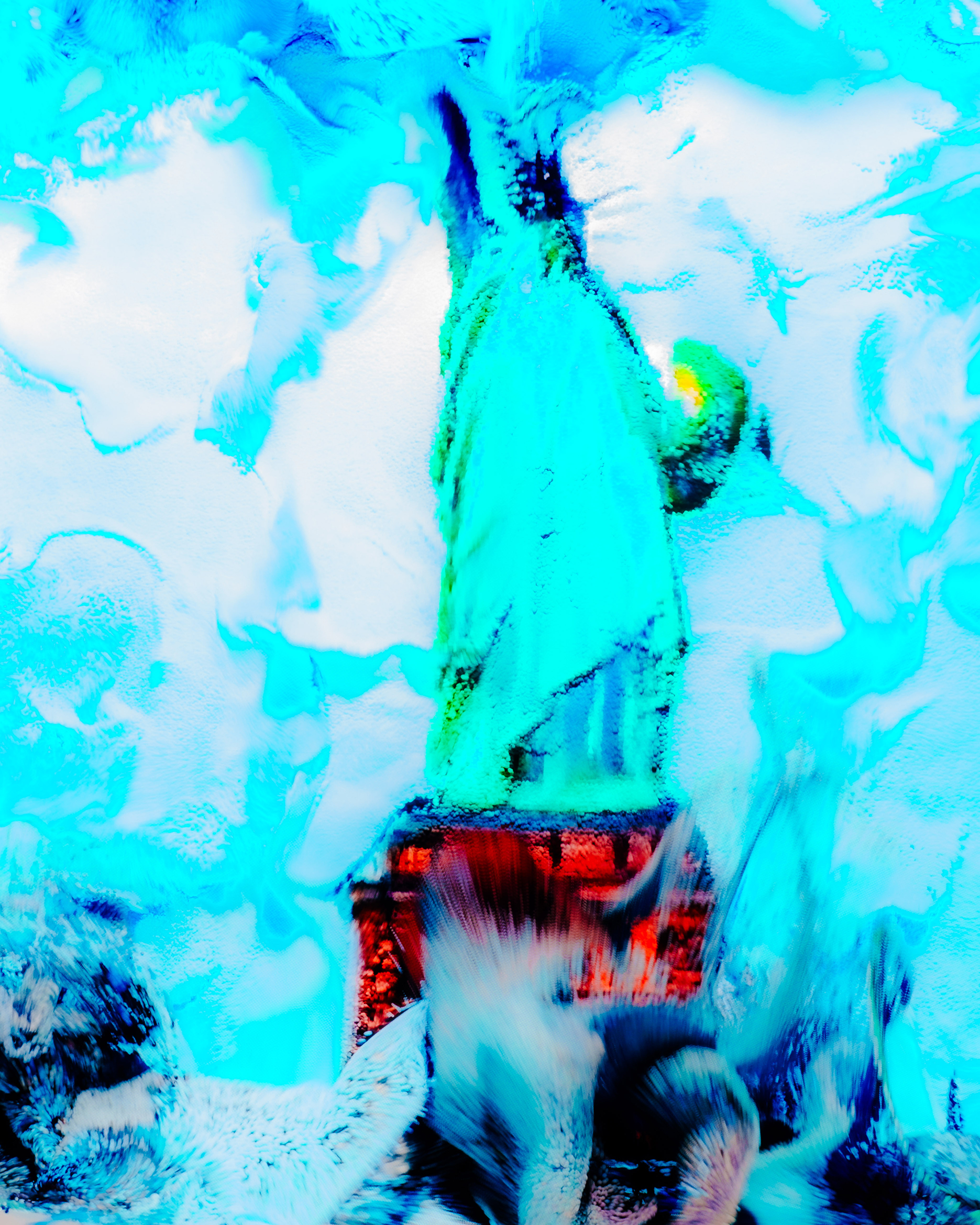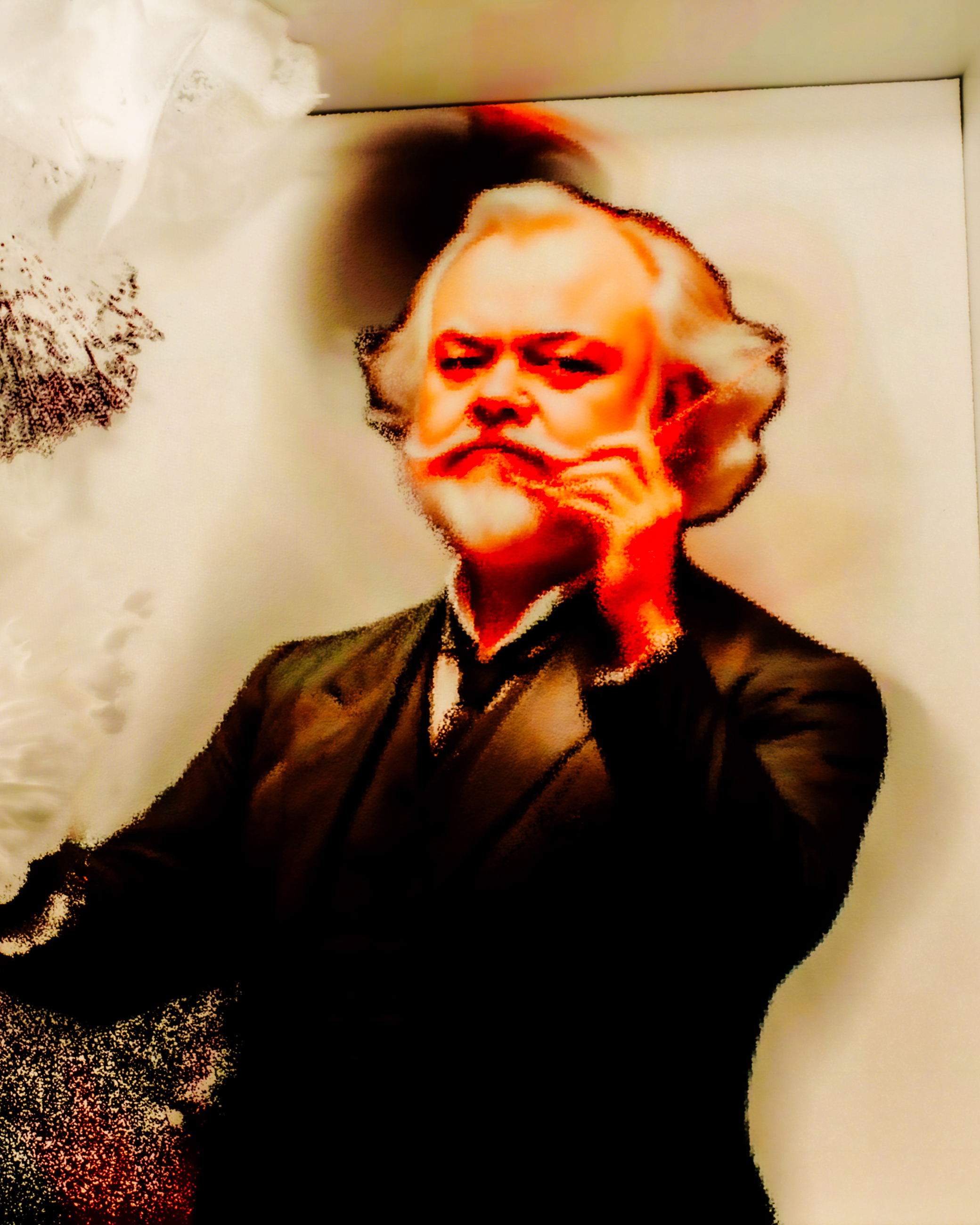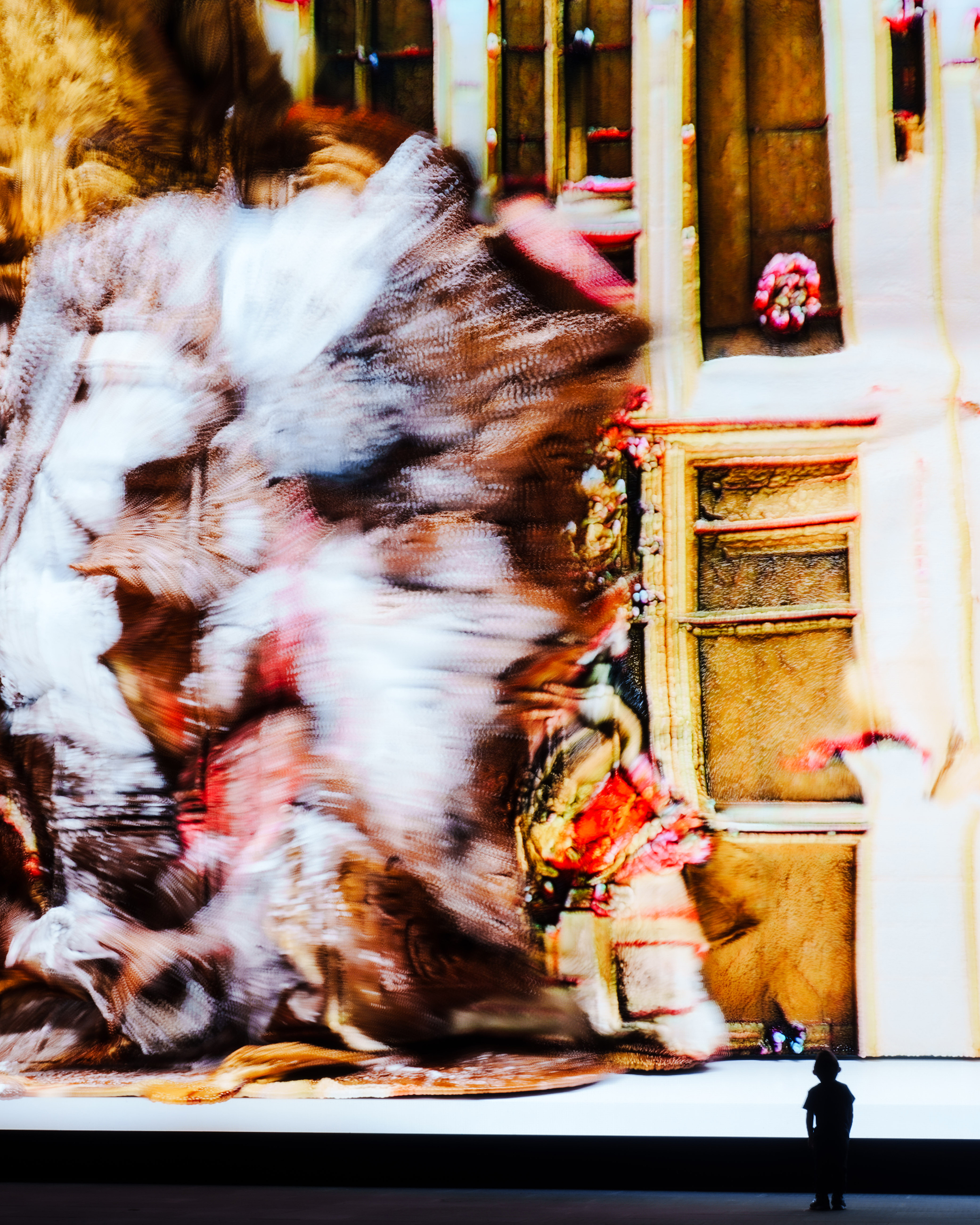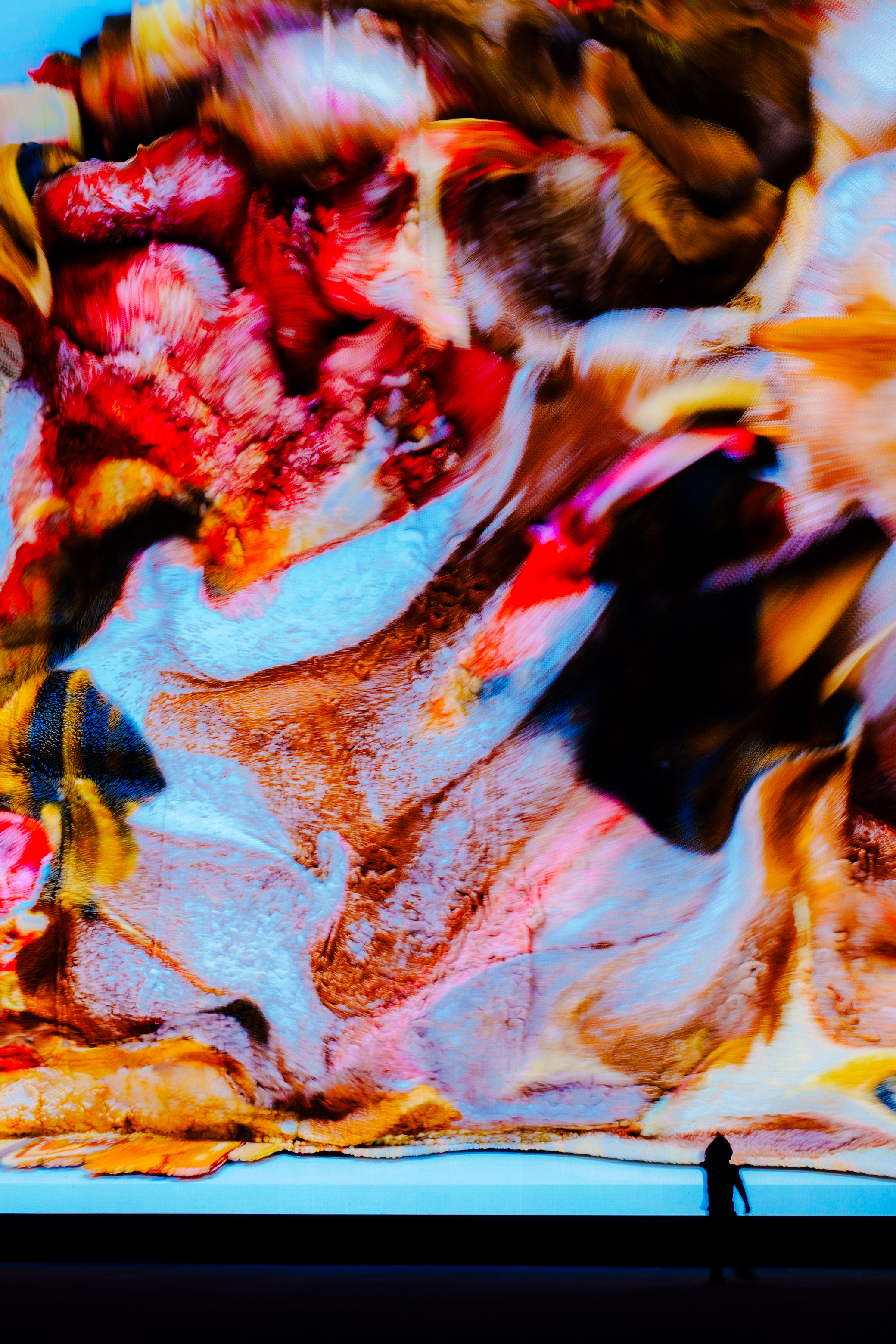Immersive Data Sculpture
Dvořák Dreams, a groundbreaking AI-powered art installation, recently made its US debut at the Kennedy Center's REACH Plaza in Washington, DC. This immersive data sculpture, created by renowned artist Refik Anadol, blends contemporary art, music history, and cutting-edge technology to bring the musical legacy of Czech composer Antonín Dvořák to life.
The Installation
Standing at an impressive 32-by-32 feet, Dvořák Dreams features a screen that displays ever-shifting visuals created by Anadol over the course of two years. The artist employed custom AI algorithms and data-driven processes to interpret Dvořák's melodies, harmonies, and rhythms, resulting in transcendent visualizations and a unique soundtrack.
The installation incorporates elements of nature and cities that influenced Dvořák's life and work, evoking the essence of the composer through a multi-sensory experience. This innovative approach to art-making demonstrates the potential of human-machine collaboration, with AI serving as an extension of the artist's mind rather than a simple tool.
